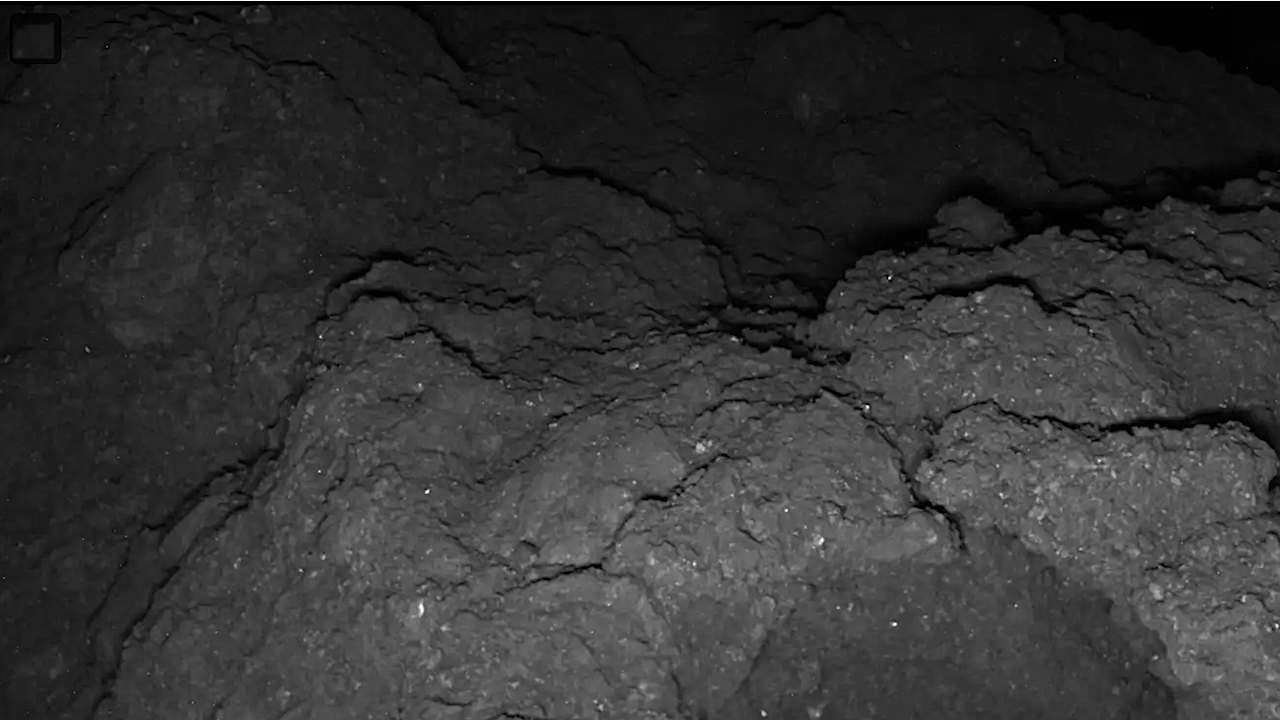As the examination of samples from the asteroid Ryugu, retrieved by Japan’s Hayabusa2 mission, offers light on the origins of organic matter on Earth, astronomical discoveries continue to enthrall scientists and amateurs alike. The theory that ancient comets brought the elements of life to Earth is supported by this fascinating discovery.
Formerly known as 162173 Ryugu, Ryugu is a near-Earth asteroid that is directly exposed to space because it lacks a protective atmosphere. Hayabusa2 gathered surface material over the course of its 18-month mission, discovering a plethora of solar system knowledge. Researchers discovered “melt splashes,” or pieces of cometary dust impacting Ryugu’s surface, ranging in width from 5 to 20 micrometers. It was discovered that these splashes contained tiny carbonaceous elements that looked like early organic stuff.
Megumi Matsumoto, an assistant professor at Tohoku University Graduate School of Science, and other scientists think that this organic stuff could be the “small seeds of life” that have been sent to Earth from space. Comets travel vast orbits around the sun, spending the most of their time in the solar system’s cold outer regions. But when they get closer to the inner solar system, the heat from the sun causes their ice substance to sublimate, producing gaseous matter that carries surface elements.
The lack of atmosphere on bodies like Ryugu allows the preservation of cometary material, offering a unique opportunity to study remnants from the early solar system. The melt splashes observed by the team resulted from the impact of cometary dust on Ryugu’s surface, causing the materials to melt and mix during the subsequent heating and cooling processes.
The carbonaceous materials found in Ryugu’s melts differ chemically from typical cometary organic matter due to the absence of oxygen and nitrogen. Matsumoto suggests that these materials formed from cometary organic matter through the evaporation of volatiles, such as nitrogen and oxygen, during impact-induced heating.
The researchers also discovered tiny voids sealed within the melts, evidence of water vapor released from Ryugu’s surface materials during impacts. This water vapor, captured by the heated matter, adds another layer of complexity to the study.
As the team continues to examine Hayabusa2-collected samples, the hope is to uncover more melts holding evidence of cometary dust strikes. This ongoing research aims to provide further insights into the transportation of primordial organic material to the vicinity of Earth over 4 billion years ago, preceding the emergence of life. The findings of this groundbreaking investigation are detailed in the journal Science Advances.

